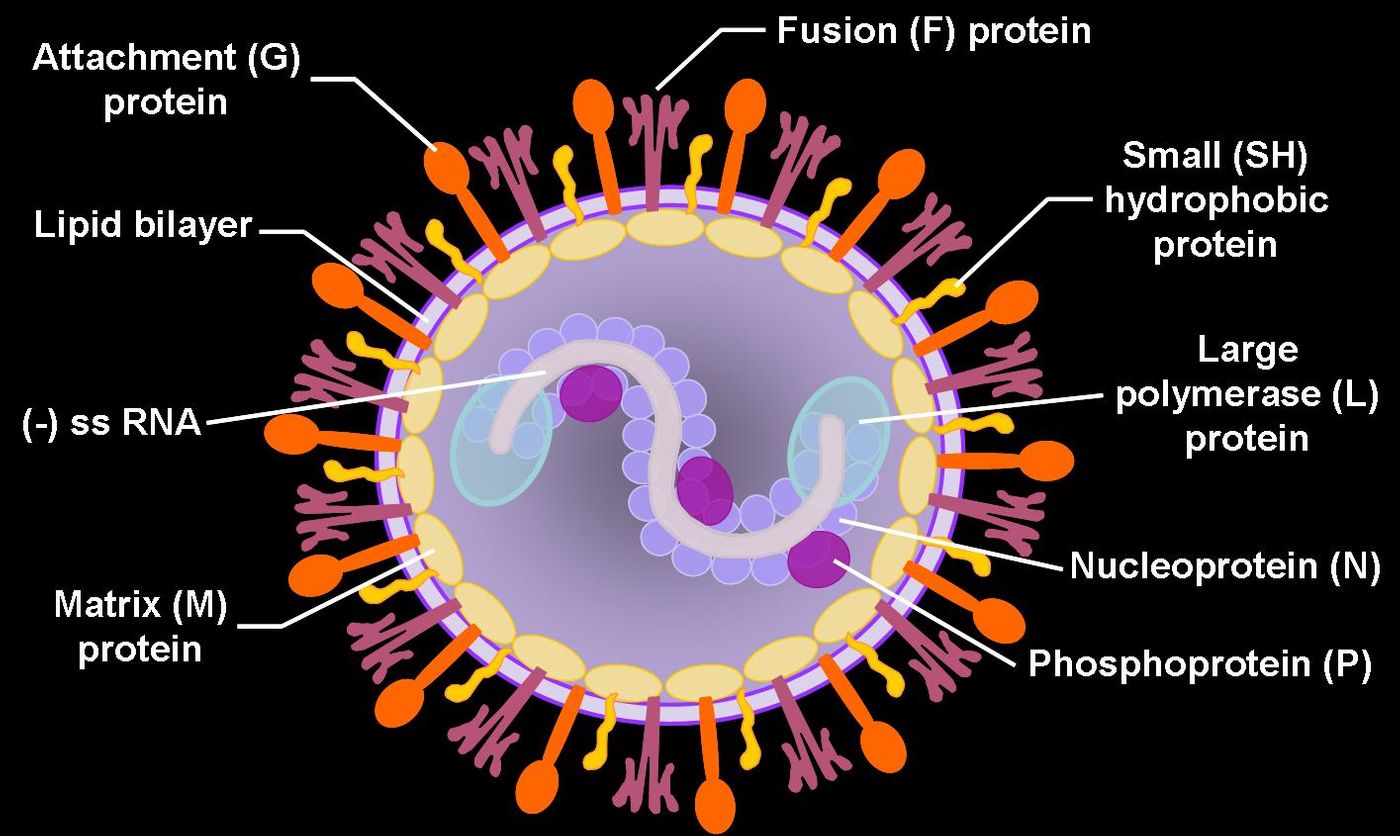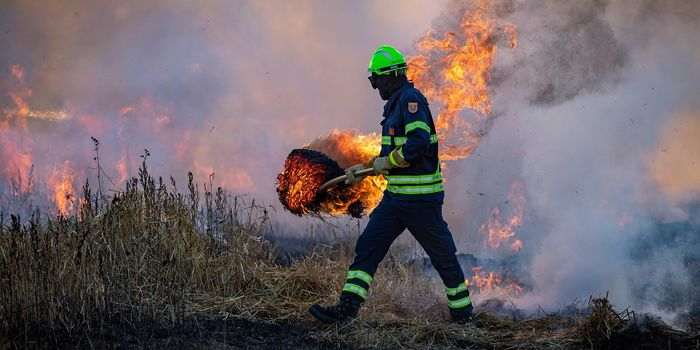For healthy adults and older children, respiratory syncytial virus (RSV) is not a serious issue, but the infection can be life-threatening for infants and young children. New human and mouse studies have identified a naturally-produced compound that fights RSV, and now scientists are looking for ways to naturally boost its production.
RSV is common and usually just produces cold-like symptoms. However for infants and young children at a heightened risk for RSV, those regularly attending daycare, experiencing second-hand smoke, have school-aged siblings, or endure crowded living situations, RSV infection can become quite severe (
Medline Plus). There are several symptoms that accompany a serious RSV infection:
- Cyanosis
- Difficulty breathing
- Nasal flaring
- Wheezing
When severe RSV infections cause hospital visits, treatment can consist of oxygen, humidified air, IV fluids, and ventilation.
In their study of mice and healthy adults published in the
Journal of Immunology, University of Edinburgh scientists at the MRC Centre for Inflammation Research pinpointed a naturally-produced compound called cathelicidin as having a large role in the immune attack against RSV. During their study, mice unable to produce cathelicidin like normal were more susceptible to RSV infection. However, when simultaneously treated with cathelicidin during their RSV infection, their bodies were able to fight off the infection like normal mice.
Humans, too, had a clear connection to cathelicidin. Healthy adults who produced lower levels of cathelicidin, for unknown reasons so far, were more susceptible to RSV, like the mice who could not produce the compound at all. Based on these findings, scientists are hoping to find ways to “encourage” the immune system to produce more cathelicidin, especially for high-risk groups of infants and young children.
Cathelicidin works by directly attacking RSV particles, preventing them from attaching to and penetrating host cells. Cathelicidin could also be a new therapy for RSV, and scientists are especially looking for natural ways to boost compound production.
Enhancing the treatment arsenal for RSV is certainly beneficial for infants and young children, but it is also valuable for elderly people who, like infants, constitute a population especially vulnerable to life-threatening versions of the disease.
“Boosting the body's natural defenses could be a useful therapeutic approach to stop RSV infection from turning into a life-threatening infection in babies and vulnerable adults,” said Dr. Donald Davidson.
Davidson and other Edinburgh scientists are asking this question next: why do people differ in the amount of cathelicidin they produce?
Source:
University of Edinburgh









